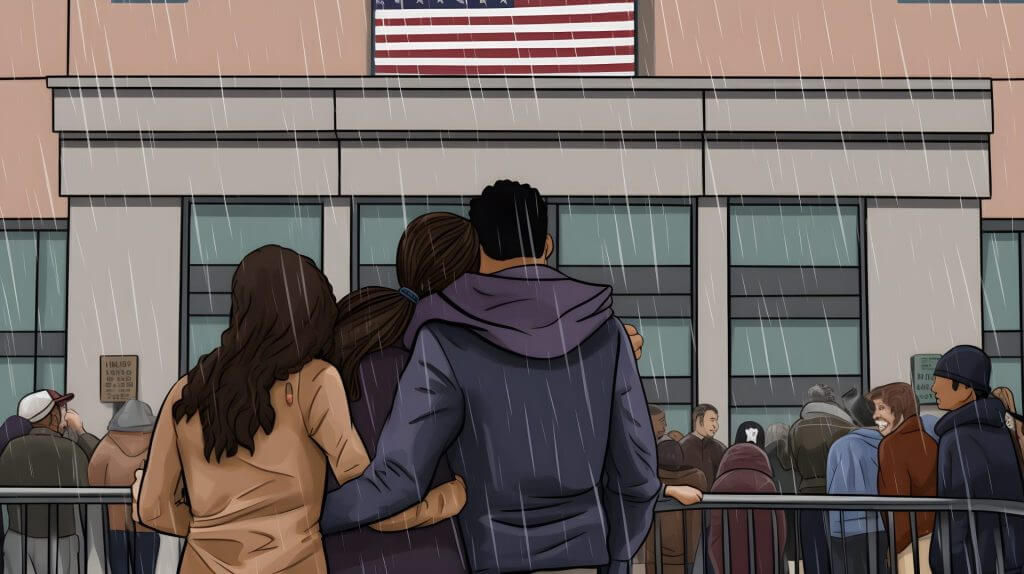The family petition is one of the most common ways to help immediate family members obtain permanent legal status. However, How is a request made from brother to brother? What are the legal requirements to apply? Today, together with the experts at Zava Immigration Law Group, we will tell you everything you need to know.
Please note that the family petition process changes depending on the degree of relationship to the loved one you wish to petition for. For this reason, it is best to seek the advice of an immigration attorney who will be with you every step of the way. At Zava Immigration Law Group we can help you. Talk to a lawyer and secure your family’s future.
Table of Contents
What is the sibling-to-sibling Petition in the USA?
A sibling petition is a process through which a U.S. citizen over the age of 21 may bring his or her siblings to live permanently in the United States. This is done through Form I-130 and, once approved, Form I-485 is filed for status adjustment.

However, beneficiaries should not enter the country with a pending application. If they do so, they could face severe consequences. Therefore, it is best to seek the advice of an attorney. Don’t risk your family’s future. At Zava Immigration Law we can help you. Contact us and secure the future of your loved ones.
Sibling-to-Sibling Petition Requirements
To file a sibling-to-sibling petition, you must meet the requirements described in the following table:
| Requirement | Description |
| Citizenship | Applicant must be a U.S. citizen. |
| Age | Applicant must be 21 years of age or older. |
| Documentation | Form I-130 (Petition for Alien Relative) |
| Form I-485 (Application to Register Permanent Residence or Adjust Status) | |
| Evidence of U.S. citizenship, such as: – Copy of your valid U.S. passport. – Copy of your U.S. birth certificate. – Copy of consular report of birth abroad – Copy of your naturalization certificate – Copy of your citizenship certificate | |
| Evidence of family relationship, such as: – Copy of birth certificate – Copy of identity document – Copies of your parents’ marriage certificates | |
| Entry to the U.S. | Siblings (beneficiaries) are not allowed to enter the U.S. while their application is pending. |
If your sibling is out of the country, he or she will need to follow the consular process once his or her Form I-130 is approved. This can present its complexities, so it is ideal to have an immigration attorney. At Zava Immigration Law Group we can help you. Tell us your case and secure your family’s future.
Steps for Sibling-to-Sibling Petitioning
The sibling petition process can be summarized in the following steps:
Step 1: Verify Eligibility
Before you begin the process, make sure you meet the eligibility requirements. You must be a U.S. citizen and over 21 years of age in order to request permanent residency for your siblings. It is important to verify this before proceeding to avoid complications later.
Step 2: File Form I-130
Complete and file Form I-130 (Petition for Alien Relative) with USCIS. This form establishes the family relationship between you and your sibling and is the first step in initiating the sibling-to-sibling petition process.
Step 3: Wait for Approval
After you file Form I-130, you must wait for USCIS to approve it. Once your petition is approved, you will receive a written notification. Please note that if the beneficiary is out of the country, you will need to follow the consular process to continue with the sibling petition.
Step 4: File Form I-485
Once the Form I-130 is approved and a visa number is available, you must file Form I-485 (Application for Adjustment of Status). This document will allow your brother to adjust his immigration status to lawful permanent residence.
Please note that this process may take time, and USCIS may require additional documentation or schedule an interview if necessary. For this reason, it is best to enlist the help of an immigration attorney to guide you. At Zava Immigration Law Group we can assist you. Talk to an attorney and take the first step to help your loved ones.
Review Process and Waiting Times
Depending on the USCIS workload at the time you file your sibling petition, Form I-130 approval can take anywhere from six months to a year. In addition, there is an additional waiting period depending on the priority date and visa quota, which varies according to the sibling’s country of origin.

For their part, errors in the application and lack of additional documentation are factors that can delay or even truncate your sibling’s petition. Therefore, it is best to have an immigration lawyer to help. At Zava Immigration Law Group we can assist you. Contact us and let’s expedite your immigration process together.
Useful Tips for Successful Petitioning
There are many factors that could contribute to the success of your sibling petition. Therefore, here are some useful tips:
- Thorough Preparation: Be sure to collect all necessary documents and complete the forms accurately and completely before submitting your application. This is key to avoid unnecessary paperwork and requests for additional documentation.
- Follow Instructions: Carefully read all instructions provided by USCIS and follow each step of the process as directed to avoid delays or problems.
- Keep Communication Up-to-Date: Stay alert to any communication from USCIS or the consulate and respond to any requests for additional documentation in a timely and complete manner.
- Retain Proof of Submission: Keep copies of all documents submitted and any correspondence related to your application as evidence in case of need.
If you have doubts or find yourself in difficulties, it is best to seek legal advice from an immigration attorney. An expert can guide you through the process, helping you avoid delays and inconveniences. Don’t risk your family’s future. At Zava Immigration Law Group we can help you. Tell us about your case and get the legal help you need.
Can I include my brother’s family in my petition?
Yes, you may include your sibling’s spouse and unmarried children under the age of 21 in your petition. However, please note that you will not need to file a separate Form I-130 for this.
In which preference category do siblings of U.S. citizens fall?
Siblings of U.S. citizens are in the preference category known as “F4”. This category is the last line on the visa bulletin and has long waiting times.
Is there an age limit to be able to order?
In principle, the age of the beneficiary does not matter for the sibling petition. However, in the case of other relatives, the law does not allow minor children to be automatically included in this process. Parents may petition for their minor child after obtaining permanent residence, with a three-year wait.
Can permanent residents file a sibling petition?
No, permanent residents cannot bring siblings to live permanently in the United States. Only U.S. citizens 21 years of age or older may file a sibling petition.
Can I appeal if my request is denied?
This varies from case to case depending on the reasons why your application was denied. In the denial letter itself you will find how and when you can appeal. Once the form and fee have been processed, your appeal will be referred to the Board of Immigration Appeals.
Conclusions
As we have seen, the sibling petition is an extremely useful legal remedy to help close relatives obtain permanent residency in the United States. The process appears to be relatively simple at first glance. However, it is not without its difficulties, in addition to the fact that waiting times are often very long.
Any error could cause delays or even lead to failure of your application. That is why at Zava Immigration Law Group we make sure to be with you every step of the way, helping you as needed. Don’t risk your family’s future. Speak to an attorney today and get the quality legal help you deserve.
Sources
USCIS – How to Bring Siblings to Live in the U.S. as Permanent Residents
USCIS – I-130, Petition for Alien Relative Petition
USCIS – I-485, Application to Register Permanent Residence or Adjust Status
Other resources
How to Apply for Permanent Residency for a Family Member, Step by Step
I-130 Family Petition: What You Should Know
How To Cancel An I-130 Petition Step By Step
Wife To Husband Family Petition: Complete Guide To 2024
How To Start On The Road To U.S. Citizenship
Form N-400: Road To Citizenship
Consular Processing: A Step-by-Step Detailed Guide
Exploring the Different Categories of Family Residency in the U.S.






